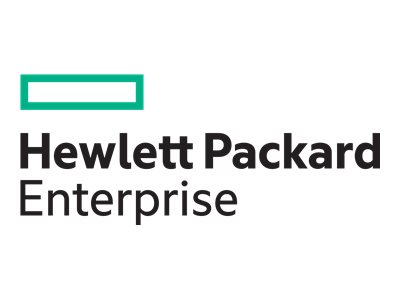The HPE 5130 EI Switch Series delivers flexibility, scalability and low TCO at the access layer of medium and large enterprise campus networks. The series offers enterprise class QoS and security, Hewlett Packard Enterprise Intelligent Resilient Fabric (IRF) stacking, static layer 3 routing and RIP, convenient fixed 10GbE uplink ports, PoE+, ACLs, IPv6 and delivers energy savings with Energy Efficient Ethernet. The 5130 EI Switch Series can be managed with HPE Intelligent Management Center (IMC) for a single view of your entire network.
- The HPE 5130 EI Switch Series delivers flexibility, scalability and low TCO at the access layer of medium- and large-enterprise campus networks. The 5130 supports stacking, fixed 10GbE ports, static layer 3 routing and RIP v1/v2, PoE+, ACLs, IPv6 and power savings with Energy Efficient Ethernet.
- The HPE 5130 EI Switch Series supports advanced classifier-based QoS which groups traffic using multiple match criteria based on Layer 2 and 3 information; applies QoS policies such as setting priority level and rate limit to selected traffic on a port, VLAN, or entire switch.
- The HPE 5130 EI Switch Series supports flexible authentication methods including 802.1X and MAC Authentication for greater security and policy-driven application authentication. Per-user access control lists (ACLs) provide identity-driven security and access control.
- The HPE 5130 EI Switch Series can be seamlessly managed with HPE Intelligent Management Center (IMC) to provide end-to-end network transparency with consistent network experience through comprehensive configuration, compliance and policy management.
Scalable and Flexible Access Layer Switches
Limited Lifetime Warranty and no software licensing required.
Improved Quality of Service with Traffic Management
Reduce unwanted network traffic with broadcast control allows limitation of broadcast traffic rate to cut down on unwanted network broadcast traffic.
Comprehensive Security Control
Security with encryption of access methods (CLI, GUI, or MIB) through SSHv2, SSL, and/or SNMPv3, and other features including DHCP protection, IP source guard, dynamic ARP protection and RADIUS/HWTACAS.
Single View of the Network
RMON and sFlow provide advanced monitoring and reporting capabilities for statistics, history, alarms and events.





